Field Notes Blog
News and thoughts on UI/UX, web design, and more.
|
The face of technology, both past and present, is persistently male from Jobs to Gates to Zuckerberg but behind those leaders are millions of people who contribute critical research advances, put the ideas into production and market, sell and support tech companies and products. To celebrate International Women's Day, I did a bit of research and found a huge list of amazing women from a range of countries and cultures whose work laid the foundation for modern computing, websites and the internet itself. Here's a look at just 10 of my favorite pioneering women in technology. Ada Lovelace - First Computer Programmer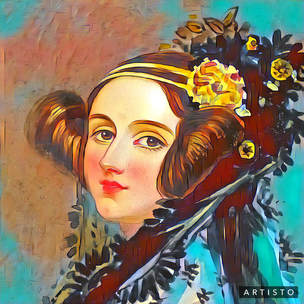 Lovelace was an English mathematician and writer who worked on the first Analytical Engine and created the first algorithm for such a machine. She was the first to see the full potential of a "computing machine" and she is considered to be the first computer programmer. Her mindset of "poetical science" led her to ask questions about the Analytical Engine and think about how we can relate to technology as a collaborative tool - and this was in the early 1800's! Edith Clarke - First Professional Female Electrical Engineer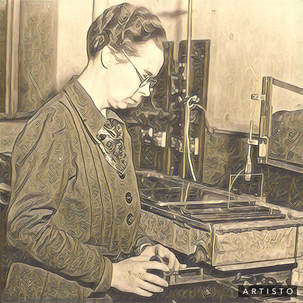 Clark taught mathematics and physics and was the first woman to earn an M.S. in electrical engineering from MIT. As a "human computer" at GE she patented The Clarke Calculator, a graphical device that solved equations used to send power through electrical transmission lines longer than 250 meters - a massive contribution to transcontinental telephone communication. In 1922, at 38, Edith Clarke became the first professional female electrical engineer too. Without her pioneering work our undersea internet cables would not exist. Grace Hopper - Computer Language Innovator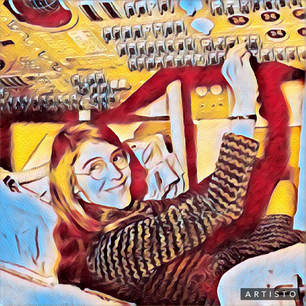 Hopper was an American computer scientist, inventor, pioneer of computer programming and a United States Navy rear admiral. After initially being rejected by the Navy (because at 34 she was too old) she joined the Navy Reserves. She believed that computer code could be written in English by using a programming language that was based on English words. A compiler would then convert that code into machine code that would be understood by computers. While she didn't invent COBOL, she popularized the idea of machine-independent programming languages like it. Her groundbreaking work laid the foundation for the code we use online every day. I'll think of her with gratitude every time I'm tearing my hair out over Xcode compiler errors! Carol Shaw - Video Game Design Pioneer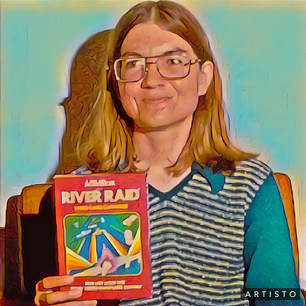 Carol Shaw is believed to be the first female video game designer. In 1978 she designed games for Atari's 2600 - her title was Microprocessor Software Engineer. Later she joined Activision, where she programmed her best-known game, River Raid. "Growing up in a world of technology and science traditionally guided by men, she ignored implicit gender barriers and pursued what came to her naturally. She says she had little interest in dolls as a kid, instead preferring to tinker with her brothers’ model railroad layout. In school, she proudly excelled in math and found herself gravitating toward computer science in college, a field of study populated by few women in the 1970s." - VintageComputing.com Radia Perlman - "Mother" of the Internet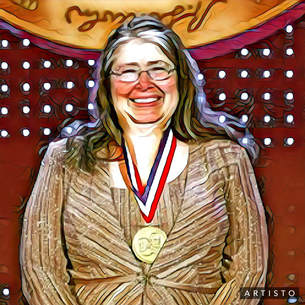 Radia Perlman invented STP (Spanning Tree Protocol) , which is an algorithm that guarantees that there is one and only one active path between two network devices (it builds a loop-free logical topology for Ethernet networks). Perlman also made large contributions to many other areas of network design and standardization. Her work transformed the Ethernet protocol from using a few nodes over a limited distance, into something able to create large networks and, as such, it is a key building block of today's entire, global internet. Dr. Ellen Ochoa - Optical Systems Inventor and Astronaut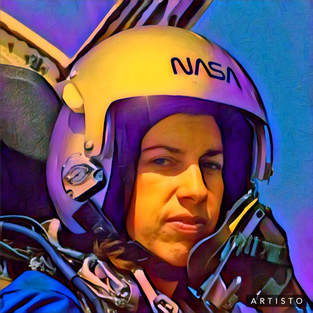 In 1993, Ochoa became the first Hispanic woman to go to space when she served on a nine-day mission aboard the space shuttle Discovery. Prior to her astronaut career, she was a research engineer and inventor. Her work at Stanford in electrical engineering led to the development optical systems for detecting imperfections in repeating patterns guiding robotic systems. Ochoa is also the first Hispanic (and second female) to be named director of NASA’s Johnson Space Center. Susan Kare - Computer Graphics Pioneer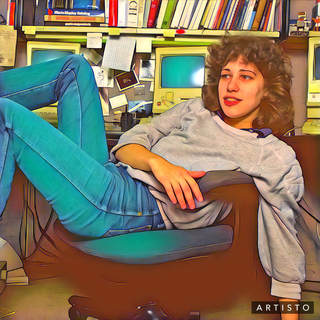 Kare is the artist behind many the world's most recognizable and beloved graphical user interface elements. Her career began at Apple in 1982 as a member of the Macintosh design team where she designed typefaces, icons, and marketing materials for the original Mac. Descendants of her work can be seen in all over the web, especially in icons such as the Lasso, the Grabber, and the Paint Bucket. These designs created the first visual language point-and-click computing. Her most recognizable works are the Chicago typeface, the Geneva typeface, the original monospace Monaco typeface, Clarus the Dogcow, the Happy Mac (the smiling computer that welcomed users on start up), and the symbol on the Command key on Apple keyboards. Fe Fe Li - Computer Image Recognition Pioneer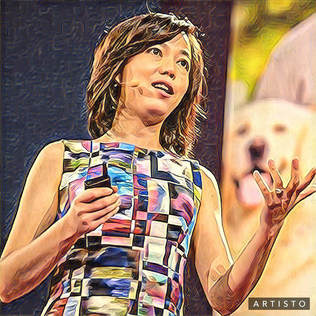 Li is an Associate Professor of Computer Science at Stanford University where she works in the areas of computer vision and cognitive neuroscience. As Director of Stanford’s Artificial Intelligence Lab and Vision Lab, Li is working to solve some of the trickiest problems in artificial intelligence, — image recognition, language processing and learning. She is most well known for the ImageNet project, which has revolutionized the field of large-scale visual recognition. Deborah Berebichez - Data Scientist and Science Educator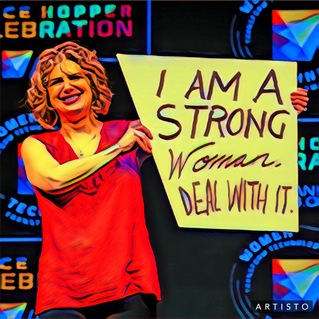 Berebichez is a Mexican physicist, data scientist, educator and entrepreneur who dedicates her career to promoting education in science, technology, engineering and math (STEM) fields. As the first Mexican woman to graduate with a Ph.D. in physics from Stanford University, she researched the structural design of optical, mechanical and electrical systems in order to prevent signal transmission loss due to wave scattering. She has also invented new models for cellular wave transmission. As a Chief Data Scientist, she regularly appears in mainstream television and radio where she explains physics concepts in the context of everyday life. Mary Spio - Virtual Reality and Augmented Reality Inventor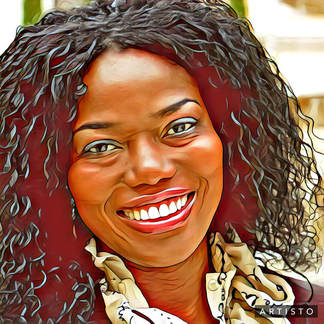 Originally from Ghana, deep space engineer Mary Spio came to the U.S. at 16. Her first job was at a McDonald's. Since then, she has served in the Air Force and created content and distribution technologies for Lucas Films, Universal Music Xbox and more. She is currently leads CEEK VR, a developer of virtual-reality and augmented-reality experiences. She has patented real-time streaming and virtual reality technologies. She is also a novelist and screenwriter and is on the advisory boards of Amazon and Oculus VR for Good. From theoretical mathematics to pixel-by-pixel design to building our augmented reality future, women have been integral to development of much of the tech we rely on every day. Let's share that message and encourage more girls to learn science, technology, engineering and mathematics. And it doesn't have to be kids! If you're reading this, you can get involved too - learning to code is free all over the web and surprisingly fun. So as you click to close this window, think of Ada Lovelace spinning her algorithms 170 years ago. Happy Women's Day! References and more info:
0 Comments
Your comment will be posted after it is approved.
Leave a Reply. |
BlogAbout the authorAs the owner of Pixel Lava Interactive I've helped hundreds of small businesses and nonprofits with websites, graphic design and more. I hope you'll find this blog full of useful information.
~ Ame Stanko Categories
All
Archives
November 2023
|